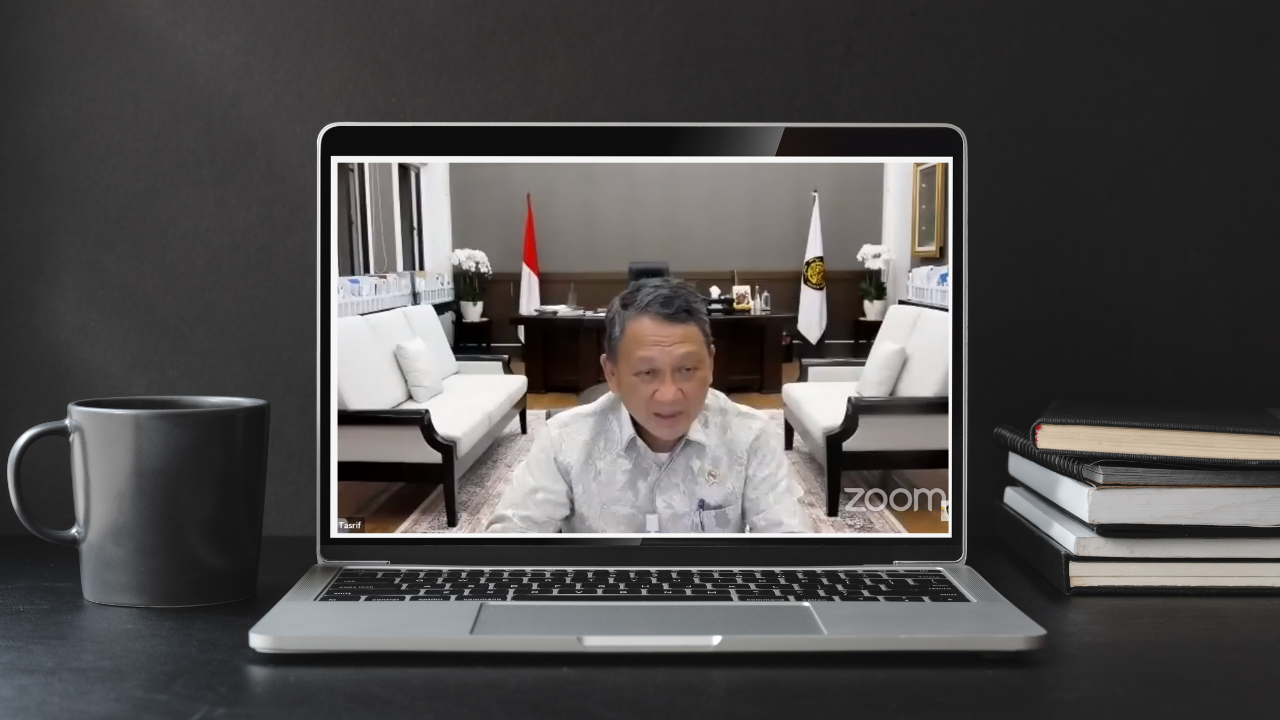Jakarta, August 22, 2023 - The electrification ratio in Indonesia is recorded to have reached 99.63 percent, and the ratio of electrified villages reached 99.79 percent at the end of 2022, based on the 2022 Performance Achievement report and the 2023 Work Plan of the Renewable Energy and Energy Conservation Subsector. However, the Institute for…


